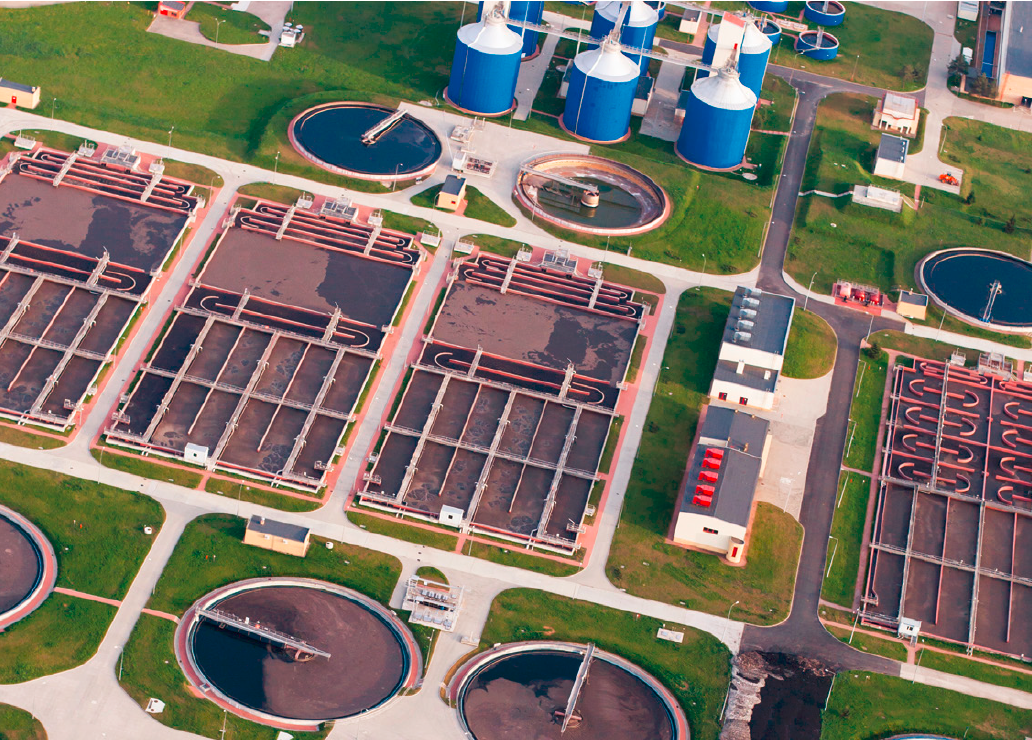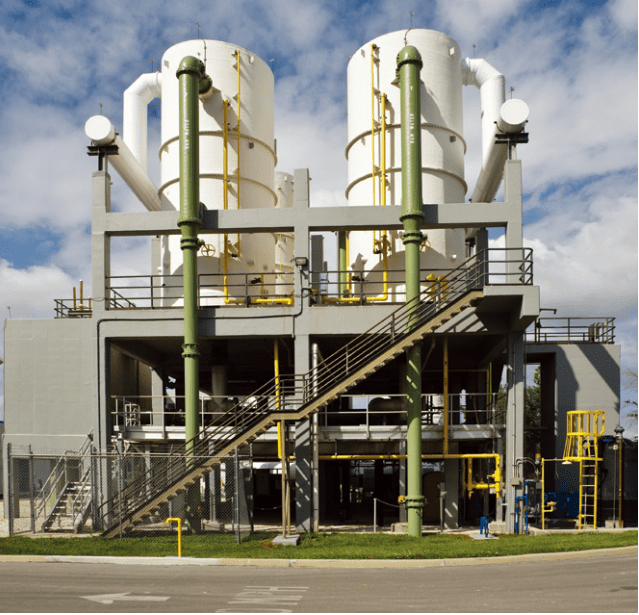Goals
- Increase and improve productivity, share maintenance information, reduce operating cost and improve customer service
Challenges
- Previous systems consisted aged preventive maintenance and inventory programs developed internally. Each facility had its own version of these programs and the functionality of those applications was very limited
Results
- Meets all of the EAM core functional requirements (work management, inventory, procurement)
- Management can determine accurately and quickly the costs of performing maintenance at water and wastewater operating facilities
- The Division is identifying real savings by maintaining optimized inventory levels and improving replenishment procedures
- Ensures that the Water and Wastewater staff has readily available, accurate, and relevant information to help them be more effective in executing the work management process

``Overall, our staff is excited about AVEVA Enterprise Asset Management. They are impressed with the ease of use and speed with which information previously unavailable to them can now be acquired.`` - Jim Coe, Program Manager
Background
Toronto, Canada – The new City of Toronto was created on January 1, 1998, through the amalgamation of the seven separate entities of the former Municipality of Metropolitan Toronto. The City provides a full range of services to the more than 2.5 million residents of Toronto through its six major departments and a number of agencies, boards, and commissions. Toronto is the largest city in Canada and the 5th largest city in North America.
Toronto Works Best Practice Program
The Water and Wastewater Division of Toronto Works and Emergency Services (WES), with the responsibility to produce and distribute potable water across the City as well as collect and treat the City’s wastewater, is involved in a broad improvement initiative called the Works Best Practices Program (WBPP). WBPP is focused on developing a highly efficient organizational structure through the application of redesigned work practices and the acquisition of new process control and information systems as an enabling foundation. Revitalized maintenance practices and supporting technology are key ingredients of the WBPP. An Enterprise Asset Management (EAM) system with full maintenance, inventory, and purchasing functionality was identified early on as a key component of the WBPP applications architecture.
“We developed the Works Best Practices Program to substantially reduce operating costs, while at the same time improving overall customer service. In order to reach our goals, we knew that we must incorporate broad work practice and organizational redesign in concert with advanced information and engineering technologies. After a highly competitive evaluation that included nineteen initial EAM vendors, we selected the AVEVA solution to support the management of all maintenance and schedulable work activities. Our partnership with AVEVA reflects our philosophy of continuous improvement through business synergy and technological innovation,” said Jim Coe, Program Manager, Water and Wastewater Division.

Client Challenge
The Water and Wastewater Division’s previous systems environment consisted primarily of aged preventive maintenance and inventory programs developed internally using dBase and similar products. Each facility or plant had its own version of these programs and the functionality of those applications was very limited.
Coe said, “We recognized that we had a productivity gap and that one of our primary weaknesses was spending most of our time in a reactive maintenance mode. Analysis indicates that the optimum level of proactive versus reactive maintenance is about 70%. We knew we needed to move in that direction and that business tools and information systems would be keys to our success.”

Realizing significant benefits with AVEVA’s EAM
Since implementing the Enterprise Asset Management solution at the first site, the City of Toronto is beginning to realize significant benefits, including:
Integration Capabilities — the AVEVA solution meets all of the WBPP’s EAM core functional requirements (work management, inventory, procurement), and easily adapts to the middleware enabled “integrated information environment” being implemented under the WBPP.
Maintenance Costing and Work History — the AVEVA solution is central to the Division’s efforts to implement “Program-Driven Maintenance,” effectively moving from a largely reactive to a fully planned maintenance environment. Management can determine accurately and quickly the costs of performing maintenance at water and wastewater operating facilities. They can review work history and generally do better planning and make better maintenance and business decisions.
Lower Inventory and Procurement Costs — using the AVEVA solution, the Division is beginning to identify real savings by maintaining optimized inventory levels and improving replenishment procedures. Increased control of maintenance assets and related activities will enable the Division to better meet service agreements with its customers.
Easy Access to Information — the AVEVA solution ensures that the Water and Wastewater staff has readily available, accurate, and relevant information to help them be more effective in executing the work management process.
According to Coe, “Overall, our staff is excited about Enterprise Asset Management. They are impressed with the ease of use and speed with which information previously unavailable to them can now be acquired. Because they had been unfamiliar with such advanced technology being part of their day-to-day work practices, they feel motivated to improve their skill levels to gain a measure of confidence and ultimately to see just how much they can benefit from AVEVA’s EAM.”